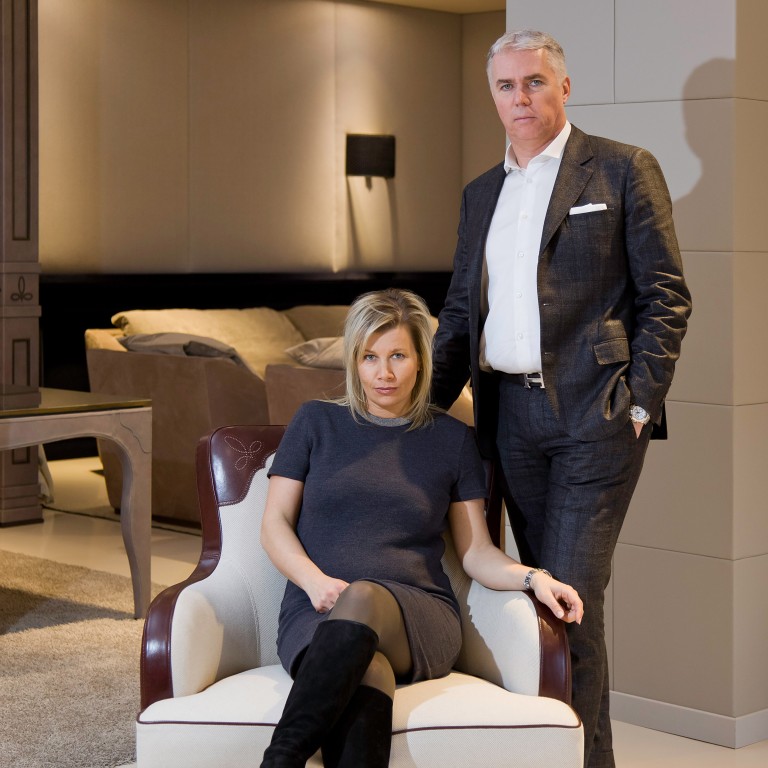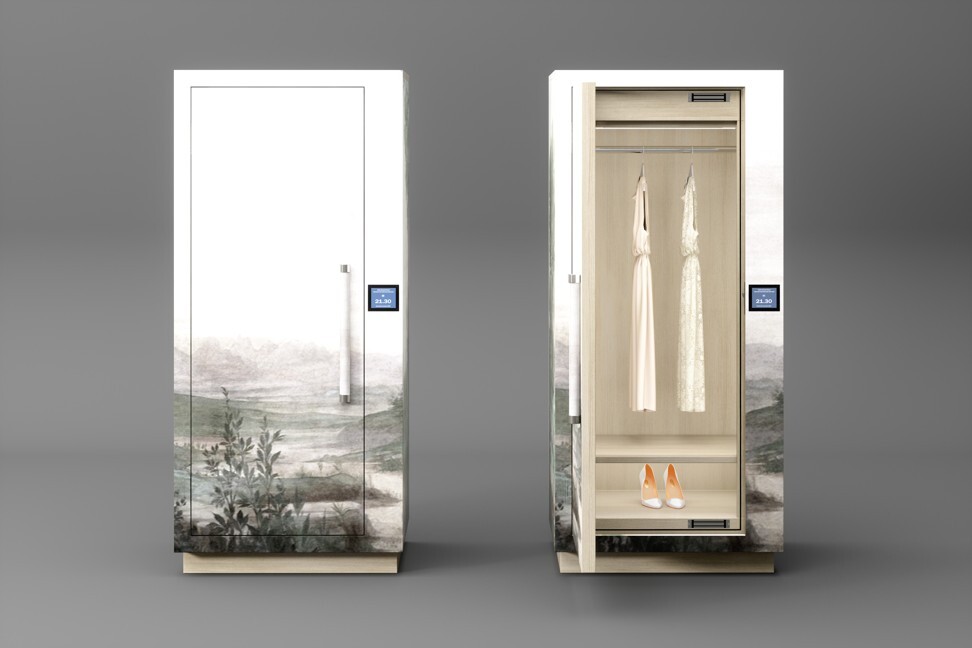
New from Ludovica Mascheroni, a closet that can sanitise shoes and clothes in 5 minutes
‘The need to sanitise clothes after being in a public space will be [more and more] necessary,’ says designer and company founder Fabio Mascheroni
How did you come up with the idea for the Ozone Cabinet? “It happened during a dinner party four years ago, when I met an engineer who was developing a new system for ozone sanitisation in emergency rooms. We started thinking about how to integrate this system into our walk-in closets, wardrobes and trunks.
“We started working together to understand how to create doors that can be sealed – we used a special gasket and an electronic lock that prevents the ozone from spilling out. The engineer followed the technical part but we also had to think about how to make this system good-looking. In 2017, we launched our walk-in closet with this system integrated.”
How are they different from other ozone cabinets? “Other products on the market may have a great function but they are not aesthetically pleasing. We can custom make the product [prices start at €4,900/HK$43,360], so for boutiques, we can provide a cabinet that merges with their brand.”
How does it work?“The ozone is created by an electrical shock emitted from the top of the cabinet. It remains in the cabinet and starts a catalysation process that converts it into oxygen. The shortest cycle that allows the ozone to be active is five minutes, and the cycle goes up to 50 minutes.

“One of our clients has tested it on different yarns and they found there is no harm even after 55 minutes. But for some delicate yarns, like cotton or silk, a short cycle is enough; for others like cashmere, we suggest 10 minutes. The thing to remember is that during these cycles half of the time is taken up by the catalysation process that converts the ozone into oxygen.”
How do you get rid of the odour that emanates during the process? “It’s possible to add a perfume to the system, but after a cycle there is already a nice fragrance. It smells clean, like after it has been raining. For boutiques we don’t suggest adding any fragrance. After the shortest cycle, there is no risk that the garments will be filled with the ozone scent.”
What are some of the materials and finishes available? “There’s one with pinstriped wood, another with walnut, another that is a combination of eucalyptus and walnut, one covered in leather. There is a version with the touch-screen display visible, another where it is hidden. One of the first trunks we produced has the display hidden inside a bronze brass handle.
“It’s also possible to activate the ozone cycle through an app or a tablet. We also have cabinets made specifically for shoes, and we are making more cabinets designed for other types of accessories. Our factory is located between Como and Milan, in the design district of northern Italy.”
How much interest have you had from individual clients? “We have seen a big demand from private clients. With the pandemic, a lot of people are spending more time at home and they want to make their homes a safer and more comfortable space. You come home, put in your shoes, your garments, your coat and you can sanitise them. Some private clients ask for a custom ozone room because it can be adapted to the layout of their home.”
Where do you plan to go from here? “We think in the near future it will be more and more necessary to sanitise clothes after being in a public space. Air conditioning was optional in cars some years ago – now it is required by everyone. We think this will be the same.”

